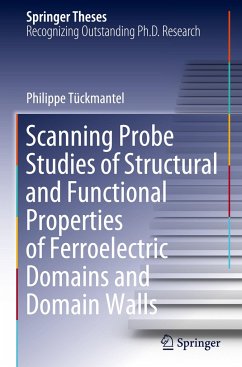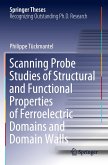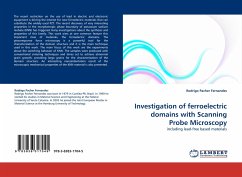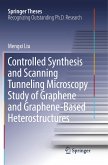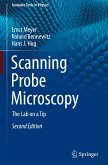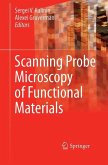This thesis explores the fascinating properties of domain walls in ferroelectric materials. Domain walls can be used as model systems to study fundamental aspects of interface physics, such as crackling noise, with implications extending to a broad variety of systems, from material fracture and earthquakes to solar flares and collective decision making. Ferroelectric domain walls also show functional properties absent from the domains themselves, such as enhanced conduction leading to the tantalizing possibility of reconfigurable nanoelectronic circuitry where domain walls are active components. This work discusses the crackling physics of domain walls in thin films of Pb(Zr0.2Ti0.8)O3, as well as links between the local conductivity of domain walls and nanoscale geometrical distortions due to defects, and discusses unusual polarization textures with rotational components at crossings of ferroelastic twin domains. The results presented in this thesishave important implications for the experimental study of crackling systems.

